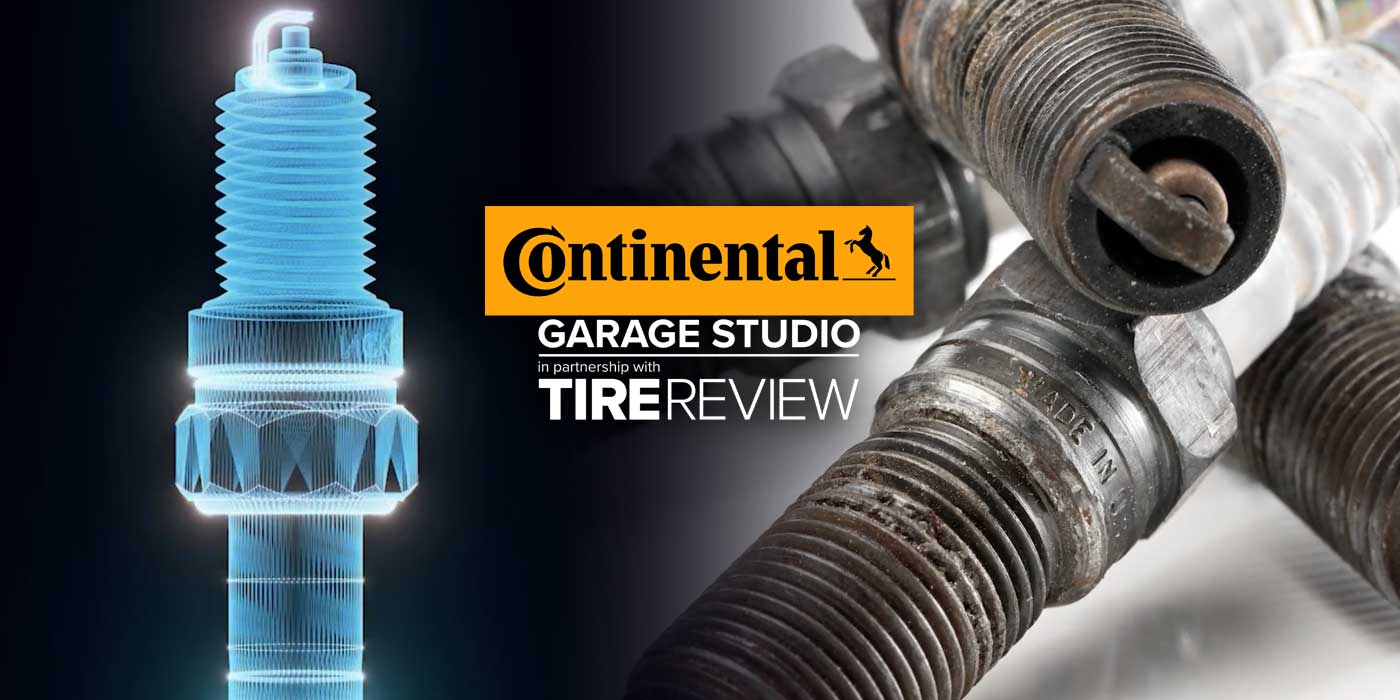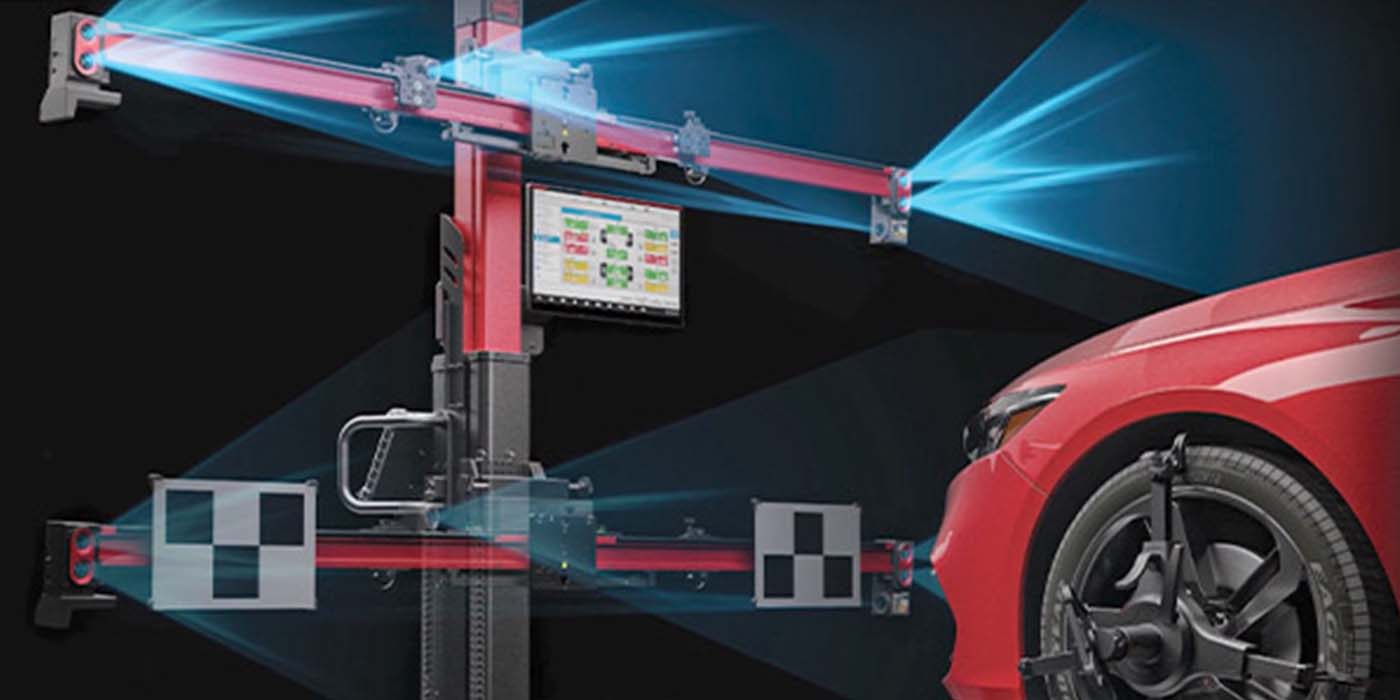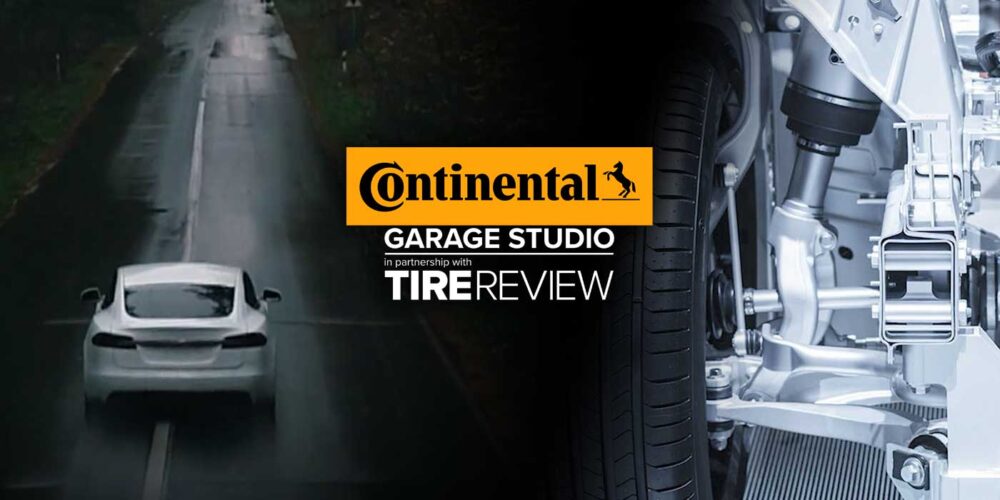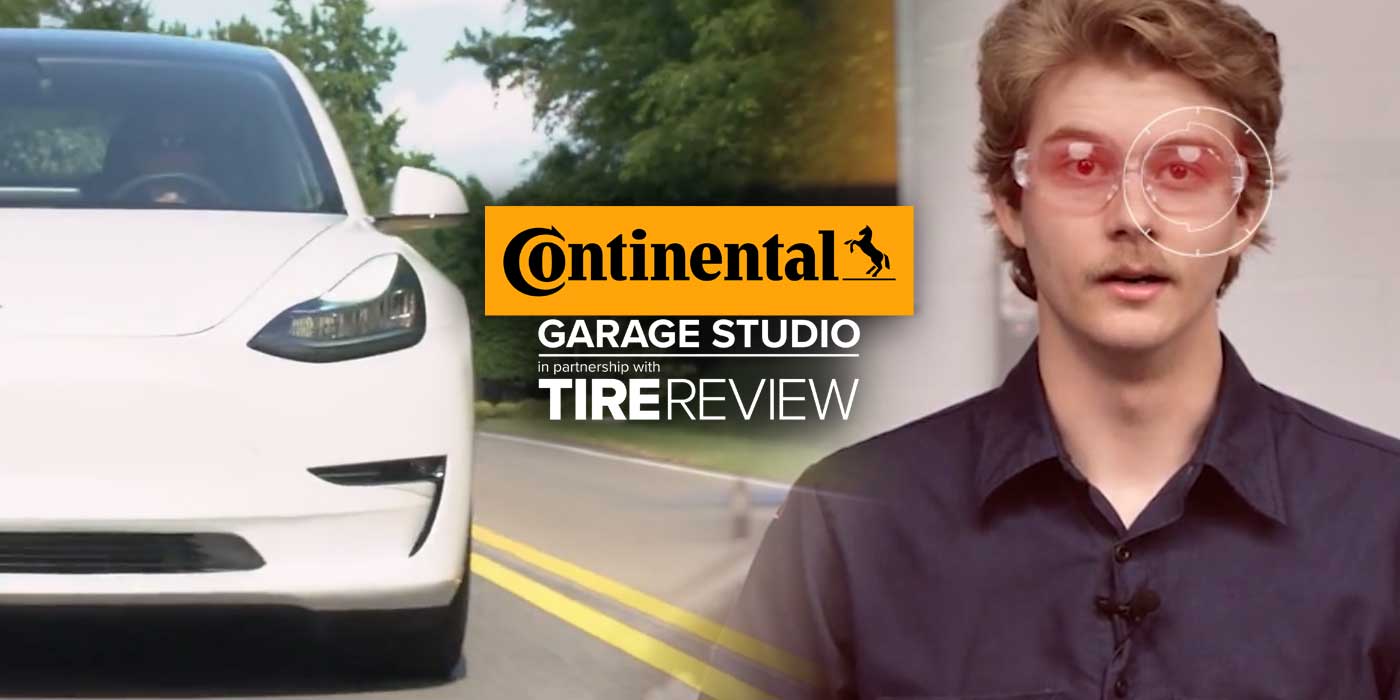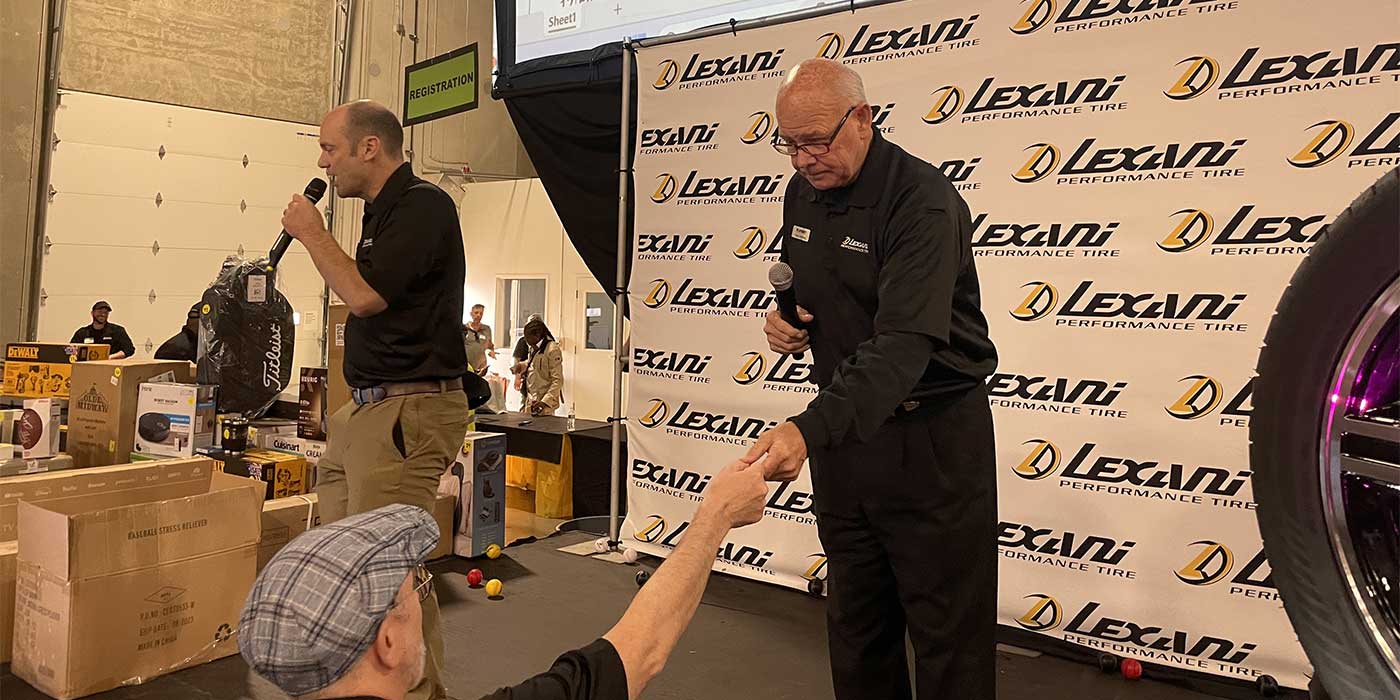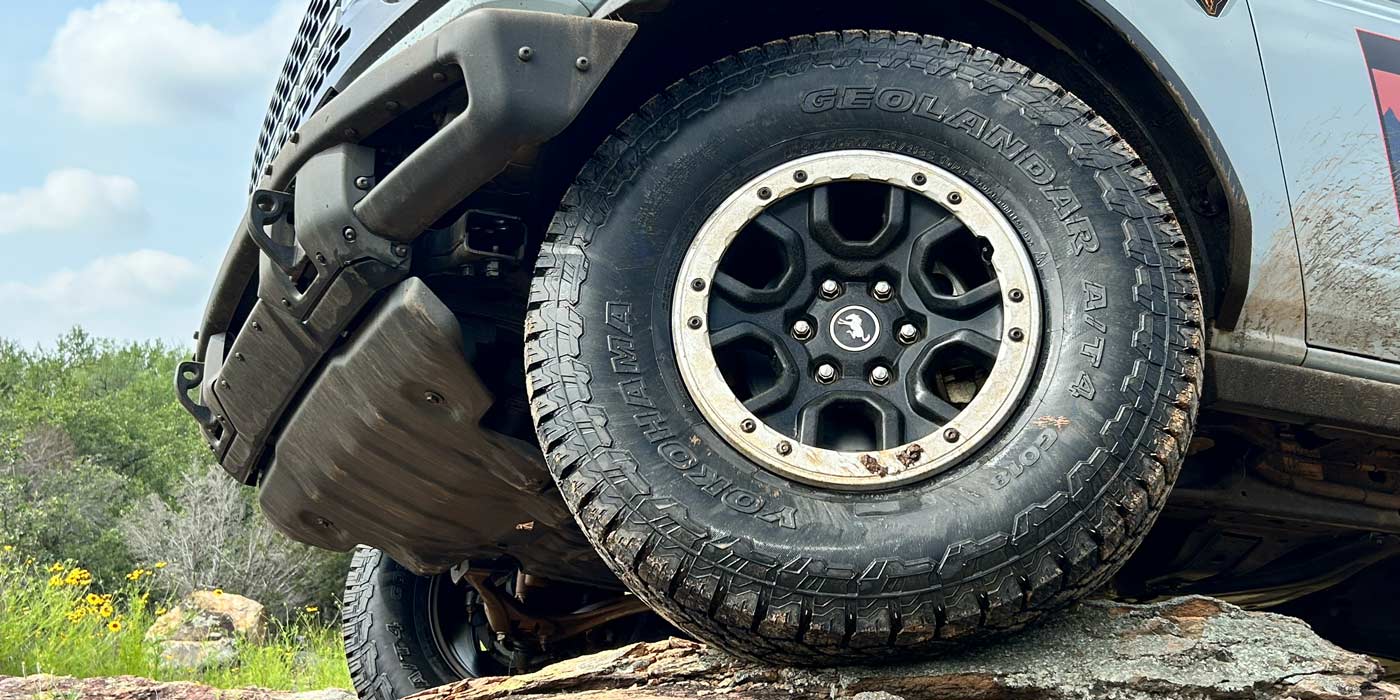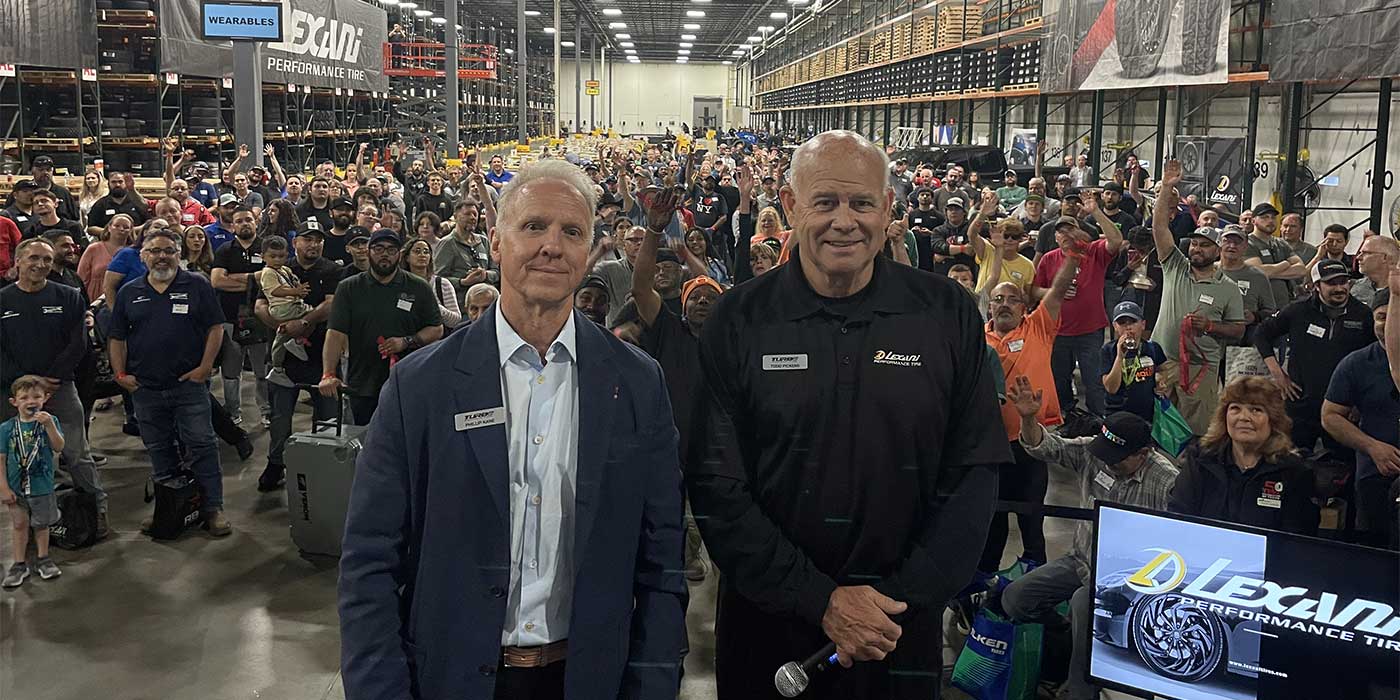Vehicle alignment has taken on a whole new level of importance in the age of advanced driver assistance systems, or ADAS. It’s not just about keeping the vehicle traveling straight anymore – proper alignment is critical for ADAS features to function correctly. Let’s discuss why wheel alignment matters more than ever.
In the past, an alignment issue may have resulted in a vehicle pulling to one side or uneven tire wear. However, today’s vehicles rely on precise alignment specifications for systems like adaptive cruise control, lane-keeping assist and autonomous driving modes to work properly.
The sensors and cameras used by ADAS interpret the vehicle’s attitude on the road based on alignment angles like caster, camber and toe and if these are out of spec, it could throw off the entire system’s calculations and cause unpredictable or dangerous behavior for your customers.
Say a customer comes in after a parking lot collision and they need their front bumper cover replaced. In that bumper cover behind the grill is the radar for the adaptive cruise control and the bracket that holds the radar is bent, requiring replacement. That would require you to remove and reinstall the radar sensor for adaptive cruise control. Most OEMs will have you verify the alignment as a prerequisite before calibrating that radar sensor because even if the impact didn’t directly affect the suspension geometry, the vehicle could have been out of alignment beforehand from something as simple as hitting a pothole.
The alignment check is just one of many prerequisites OEMs list for ADAS calibrations, like filling the gas tank, verifying tire pressures, filling fluid levels, even steering angle sensor calibration in some cases. It’s a lengthy process that can add significant time and cost.
As challenging as it is, verifying alignments and following all OEM calibration requirements is critical for shops working on ADAS systems. Releasing a vehicle with an improperly calibrated system could lead to you giving the customer a vehicle that is simply unsafe to drive and it opens up legal liability questions about who is ultimately responsible. Vehicle owner’s manuals often emphasize the driver’s responsibility for safe operation. However, in the event of an accident, there’s a tendency to blame the last person who serviced the vehicle’s safety features. Even if no one else takes responsibility or pays for potential damages, it’s crucial for repair shops to ensure vehicles leave their premises without compromise to avoid uncertainty and potential legal repercussions.
The future will only see these advanced safety systems becoming more prevalent, so getting alignment and calibration procedures right needs to be a top priority. Educating customers and carefully following OEM guidelines is the best way to operate in this era of ADAS-equipped vehicles.
Don’t forget to follow us on Instagram and Facebook and subscribe to our YouTube channel for more tire, service and shop operations videos.


